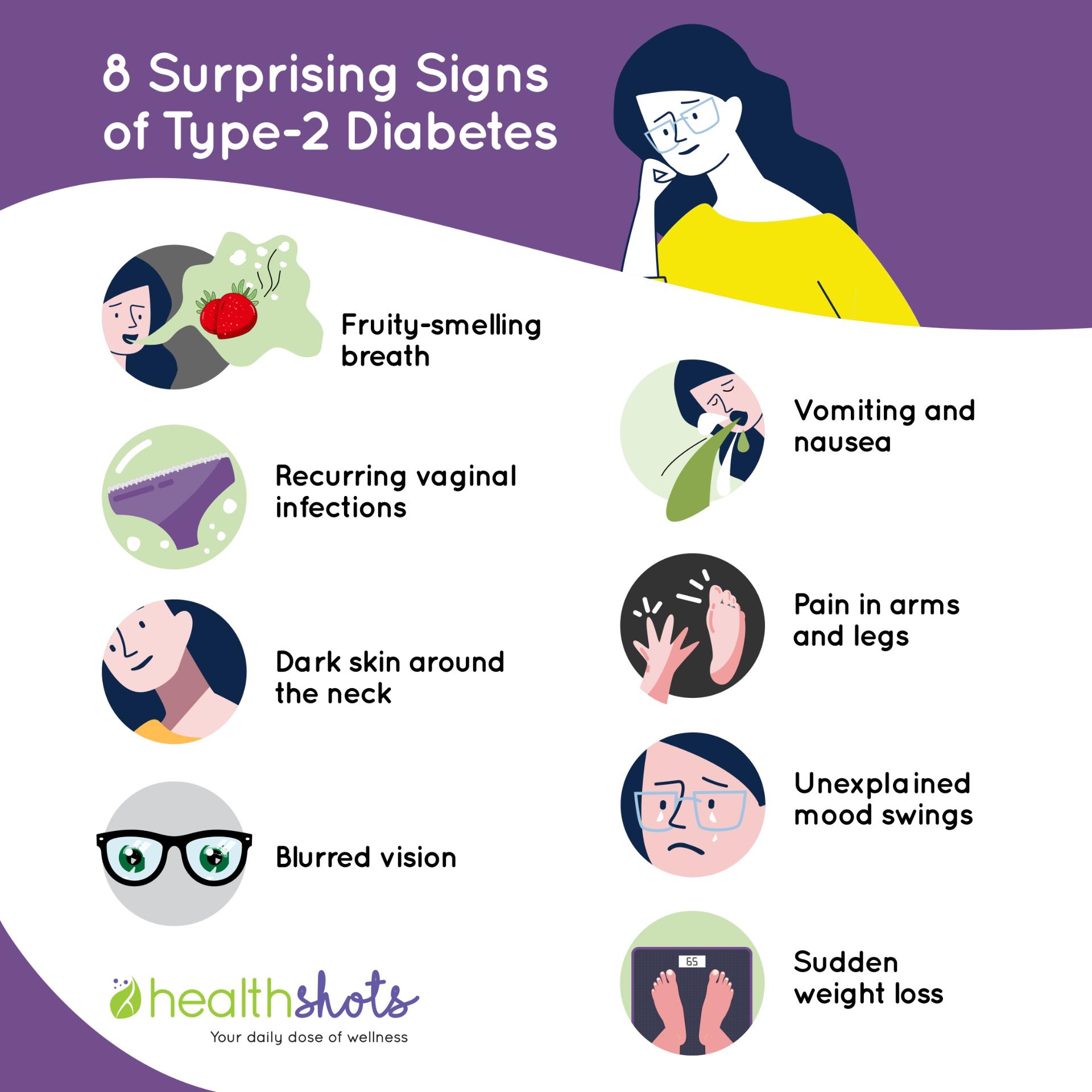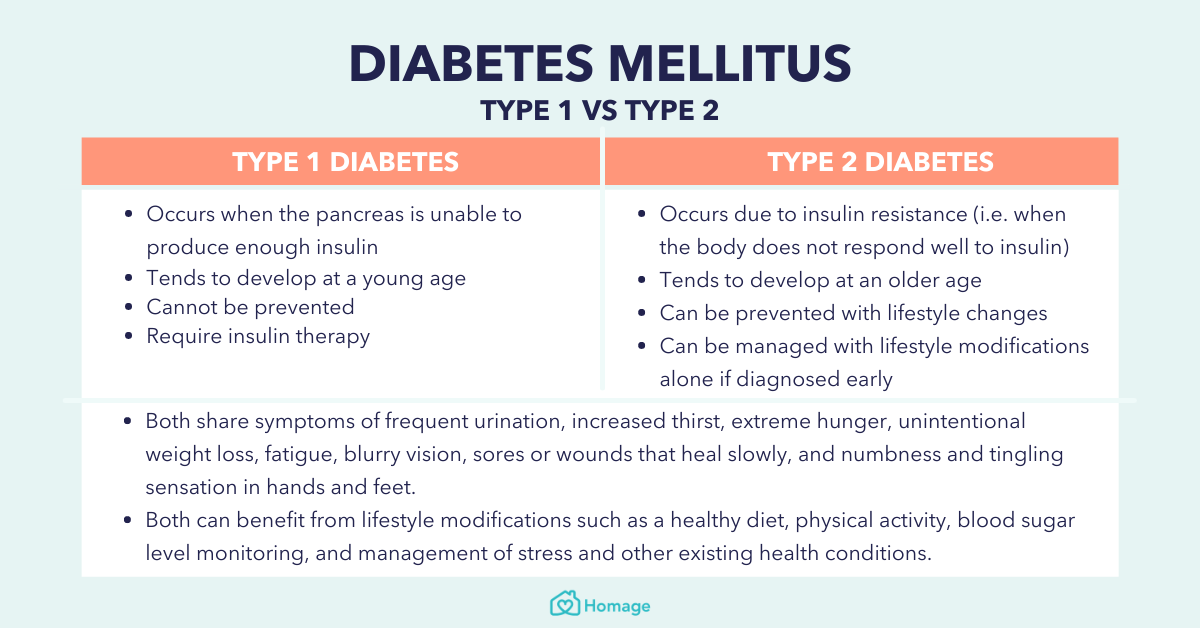
Overall, the islet cells comprise only 1-2% of the adult pancreatic tissue. Some studies suggest that the highest density of islet cells is found in the tail portion of the pancreas.

The endocrine portion of the pancreas, also referred to as the islets of Langerhans is distributed throughout the pancreatic tissue.The secretions of the exocrine pancreas are essential for the breakdown of carbohydrates, proteins and fats into smaller molecules in the small intestine which are then absorbed into the bloodstream. The exocrine portion occurs predominantly in the head, neck and body and consists of glands that secrete digestive juices which travel to the small intestine through ducts.The pancreas is structurally divided into four parts namely head, neck body and tail.įunctionally, it is divided into two portions, the exocrine portion and the endocrine portion. It is elongated and tapering and is situated behind the stomach. The pancreas is an important organ found in the abdominal cavity. Pancreas - Overview of Structure and Function Only recently have diagnostic criteria been proposed for pancreatogenic diabetes, enabling accurate diagnosis and appropriate management of the condition. The exact figures are not known as data remains scarce and frequently patients with pancreatic diabetes are misclassified. Interestingly nearly 80 percent of pancreatogenic diabetes is caused by chronic pancreatitis. A diabetic diet, on the other hand, can help to keep it under control.It is suggested that between 5-10% of all diabetics may have pancreatogenic diabetes. In addition, diabetes is a dangerous condition for which there is no cure. The more you understand about type 2 diabetes, the more equipped you will be to take the necessary actions to regain control of your disease.ĭiabetes can cause various consequences if it is not managed properly, including kidney damage, heart disease, nerve damage, and hypoglycemia (drastic reduction in glucose levels). Individuals between the ages of 9 and 19 account for almost 20% of all new instances of type 2 diabetes.

The single most important risk factor for type 2 diabetes is obesity. Type 2 diabetes affects up to two-thirds of persons who have it. Type 2 diabetes is thought to account for 90 percent to 95 percent of all diabetes diagnoses. Hyperglycemia and hypoglycemia are two conditions linked to type 2 diabetes. Type 2 diabetes is a chronic condition characterized by elevated blood sugar levels. Type 2 diabetes is most common in those over 45, but it is increasingly affecting an increasing number of adolescents, teenagers, and young adults.ĭiabetes Type 2 is more frequent than Diabetes Type 1. More than 34 million Americans (about 1 in 10) have diabetes, with 90-95 percent of them having type 2 diabetes.
Type 3 diabetes symptoms skin#

Diabetes is the number one cause of chronic kidney disease (CKD). However, the shocking truth is that diabetes can be reversed.

The blood sugar level is regulated by insulin – a hormone produced by the pancreas, which depends on your eating habits.ĭiabetes is a life-threatening condition. Diabetic people have high blood sugar levels. Diabetes can lead to major problems if it is ignored. So you want to know if you're at risk for diabetes and, more importantly if you have any symptoms of diabetes.ĭiabetes impacts the body's metabolism of carbs, lipids, and proteins. When it comes to diabetes, you may be terrified of the possibility that you have it.


 0 kommentar(er)
0 kommentar(er)
